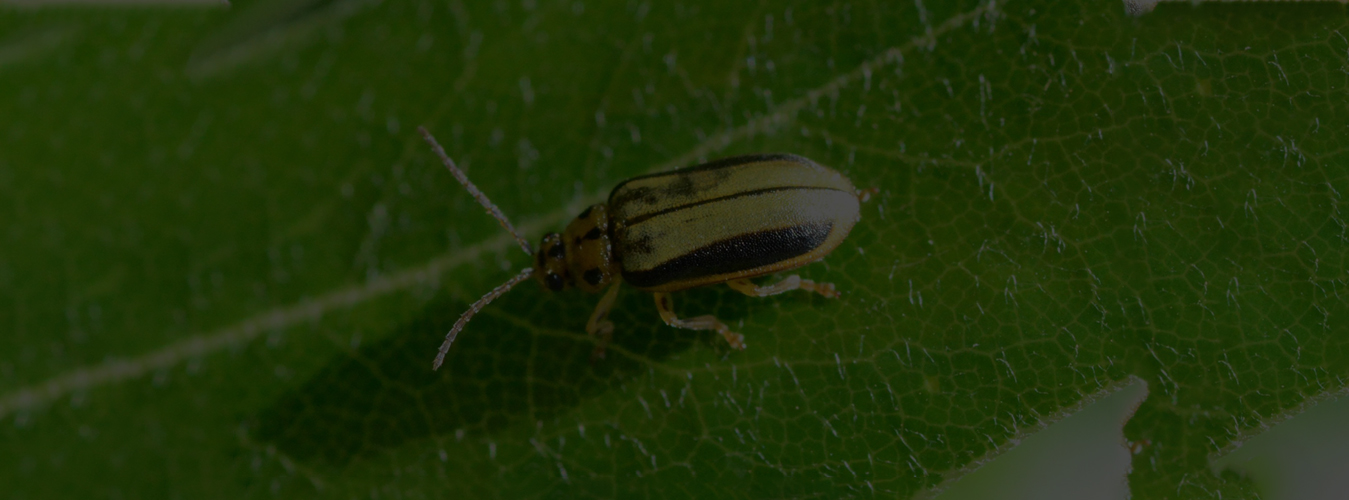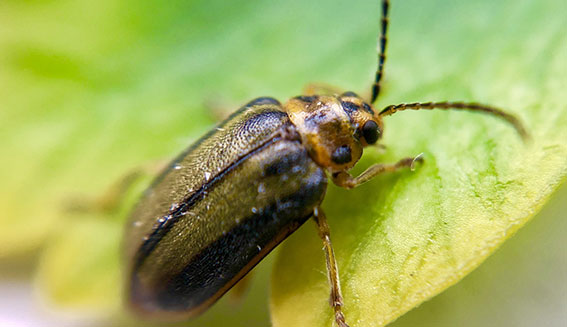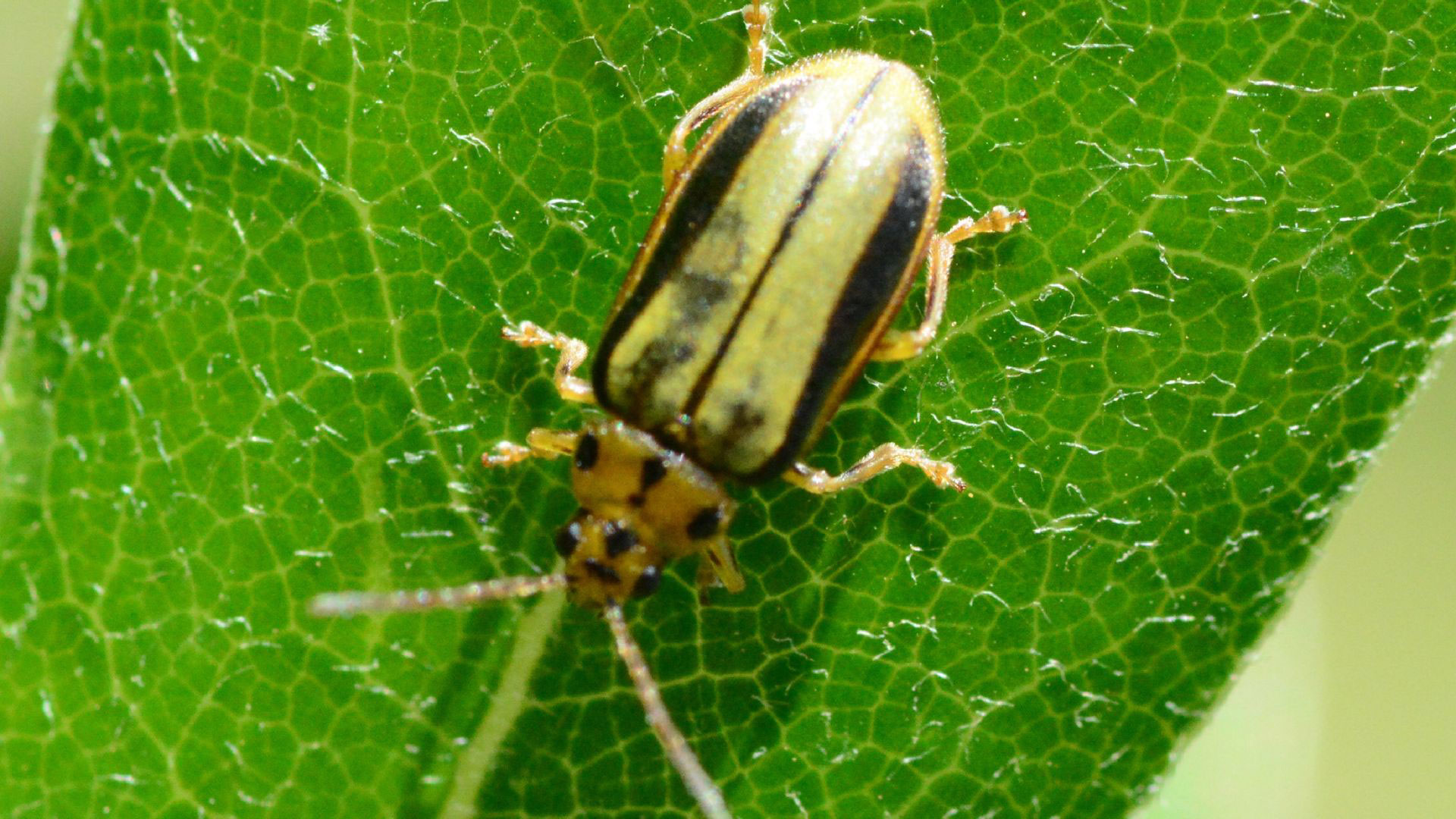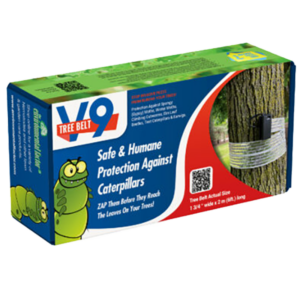Your cart is currently empty!
Damage
The elm leaf beetle feeds only on elm and the larvae are the most devastating stage of the insect as they feed the underside of the leaves and skeletonize them. Skeletonization of the leaves prevents the leaf from photosynthesizing and causes them to turn brown to whitish and drop prematurely. Adult beetles chew the leaf and create small round holes. When they are abundant can completely defoliate large elm trees resulting in significantly lower scenic beauty and recreational value. Repeated attacks may extensively weaken elms, and causes trees to decline.





